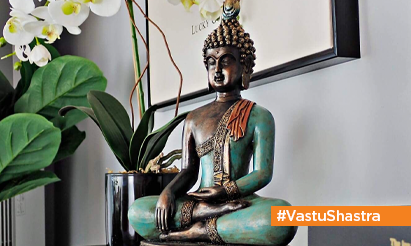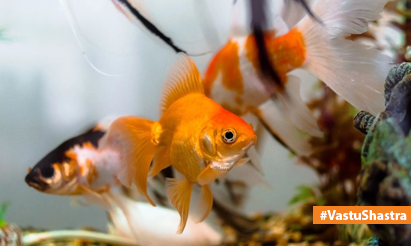Unraveling the Origins, Beliefs, and Superstitions of the Evil Eye in India
In the kaleidoscope of cultural beliefs and traditions that color the Indian landscape, the concept of the Evil Eye stands as a mystifying and intriguing phenomenon. In this exploration tailored for our Indian readers, we journey through the origins, beliefs, and superstitions surrounding the Evil Eye, uncovering the threads that weave together the rich tapestry of this mystical force in Indian folklore and spirituality.
1. Historical Roots: Tracing the Origins of the Evil Eye Belief
The belief in the Evil Eye dates back to ancient civilizations, and India is no exception. With roots in Mesopotamian and Greco-Roman cultures, the concept found its way into Indian folklore, where it became entwined with various religious and spiritual traditions. Its presence is marked in Hindu, Islamic, and even regional beliefs, reflecting the cultural diversity that defines India.
2. Symbolism and Significance: Understanding the Evil Eye in Indian Culture
In Indian culture, the Evil Eye is often referred to as “Nazar” or “Drishti,” and its symbolism transcends religious boundaries. It is believed that a person casting an envious or malicious gaze can inadvertently cause harm to others. The Evil Eye is considered a potent force that can bring misfortune, illness, or setbacks. As a result, various protective talismans, like the “Nazar Battu” or “Drishti Ganesh,” are employed to ward off its effects.
3. Protection and Amulets: Safeguarding Against the Evil Eye
The fear of the Evil Eye has given rise to a myriad of protective rituals and amulets in India. These include:
- Nazar Utarna: A common practice involves waving a burning camphor or chillies around a person or object to ward off the Evil Eye.
- Nazar Suraksha Kavach: Amulets and jewelry with the Nazar symbol are worn to protect against negative energies.
- Drishti Ganesh: The image of Lord Ganesha is often used to deflect the Evil Eye, combining spirituality with protection.
4. Cultural Significance: The Evil Eye in Everyday Indian Life
The belief in the Evil Eye is deeply embedded in everyday Indian life, influencing various customs and traditions. From the use of kohl to ward off the gaze to the application of a black dot on a child’s cheek, these practices reflect an age-old effort to shield loved ones from potential harm. The Evil Eye becomes not just a superstition but a cultural touchstone, seamlessly integrated into the fabric of daily rituals.
5. Astrology and Remedies: Seeking Cosmic Protection
In Vedic astrology, the impact of malevolent planetary influences is sometimes equated with the Evil Eye. Astrologers may recommend specific rituals, gemstones, or mantras to counteract these negative energies and bring balance to one’s life.
6. Cross-Cultural Connection: The Universality of the Evil Eye Belief
While deeply rooted in Indian culture, the belief in the Evil Eye transcends borders. Similar notions exist in Mediterranean, Middle Eastern, and Latin American cultures, showcasing the universal recognition of this mystical force. The diverse interpretations and protective measures highlight the common thread of humanity’s collective yearning for protection against unseen forces.
Conclusion:
As we unravel the layers of the Evil Eye’s origins, beliefs, and superstitions in India, it becomes evident that this mystical phenomenon is more than just a superstition—it’s a cultural motif, a spiritual anchor, and a lens through which individuals seek protection in a world filled with uncertainties. Embracing the rich tapestry of beliefs surrounding the Evil Eye, one finds not only superstition but also a profound connection to heritage, spirituality, and the enduring quest for cosmic harmony in the diverse landscape of India.




